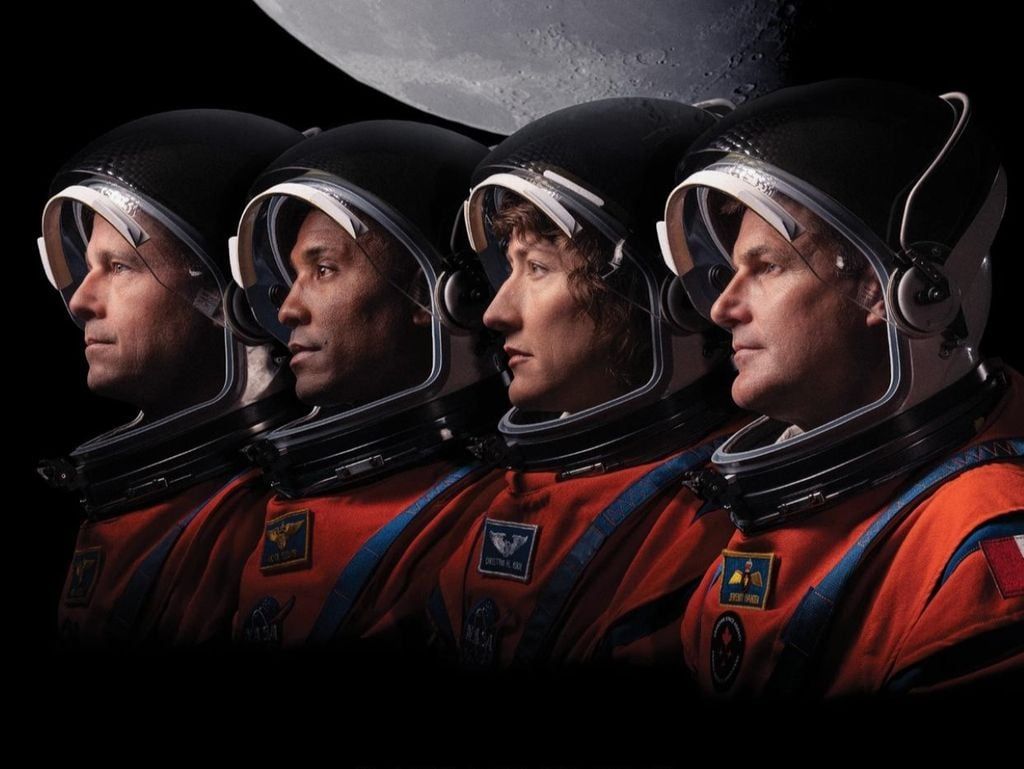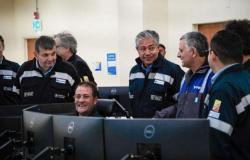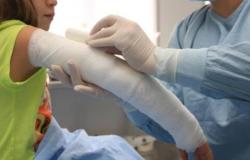After more than 50 years, NASA prepares to send astronauts again around the Moon with the Artemis II mission. This mission, scheduled for April 2026, will be a crucial step towards the sustained exploration of deep space and the eventual arrival in Mars.
This will be the first manned mission of the Artemis program and will use The Space launch System (SLS) rocket and the Orion spacecraft. The main objective of this flight is to make a lunar overflow, evaluating the performance of the systems in real conditions and preparing the way for a future to the future.
The crew will be composed of Four astronauts: Reid Wiseman (Commander), Victor Glover (pilot), Christina Koch (mission specialist) and Jeremy Hansen (Mission Specialist at the Canadian Space Agency). Each of them has been selected by their experience and ability to operate in extreme conditions of the space.
This flight will not only test critical technologies for lunar exploration, but will also establish the foundations for a permanent human presence on the lunar surface and is the beginning of more ambitious missions, such as the Exploration crew to the red planet in the coming decades.
Orion: avant -garde technology
The spacecraft Orion has been specifically designed to transport astronauts beyond the low terrestrial orbit Since it is equipped with life support systems, radiation protection and safe reentry capacity, we can say that it is the most advanced vehicle ever built for space missions.
A few days ago, Orion was transferred to the Kennedy Space Center for its fuel supply, including propellants, high pressure gases, refrigerants and essential fluidsprocess that is carried out remotely from the launch control center, due to the danger of the materials used.
After the supply, the crew will perform an interface test with the ship, where they will be put Space costumes of the crew survival system and verify that all systems, controls and spaces are perfectly adapted to their needs during the lunar mission.
Once the tests have been completed, Orion will be integrated with the system to abort the launchcomposed of emergency and fairing engines that can save astronauts if something fails during takeoff. Finally, it will be placed on the SLS rocket in the vehicle assembly building.
-Diversity and international cooperation
Artemis II crew reflects a strong commitment to global cooperation and cooperation in space exploration. Christina Koch will make history as the first woman who will travel to the lunar environmentwhile Victor Glover will be the first African American to do so, expanding the referents for new generations.
Jeremy Hansen, from the Canadian space agency, will be the first non -American to fly beyond the low terrestrial orbit. Its participation highlights the importance of international collaboration and mutual support between countries to achieve technological and scientific advances in space.

These designations symbolize a change in the traditional vision of space exploration by building a new paradigm that recognizes the importance of representation, equity and diversity of experiences, both to enrich missions and to inspire all humanity.
Cooperation between Agencies such as NASA, ESA and CSA allows you to share resources, knowledge and experiencesmaking the missions more efficient and promoting a truly global approach, a spirit of essential unity to face the challenges of future explorations both lunar and Martian.
Previous technical challenges
During the unmanned mission Artemis I, problems with the Orion thermal shield were detected, which led NASA to redesign certain critical components, so adjustments were made that will be of vital importance to guarantee security of astronauts during the reentry in the Earth’s atmosphere at the end of Artemis II.
Engineers have worked to improve the thermal protection system, performing additional tests to confirm their extreme heat resistance. In addition, inspection and assembly protocols have been reinforced, minimizing any potential risk during this critical phase of the space flight.
The life support systems, navigation and communications of the ship have also been rigorously tested. Essential evaluations to confirm that the crew can operate safely and efficiently during the ten days that this historic mission will last around the Moon.
With each technical review, NASA approaches a new era of manned exploration because Artemis II will not only demonstrate the agency’s technological capacity, but will also be a symbol of commitment to security, scientific excellence and the ambition to bring humanity further of what has never arrived.












